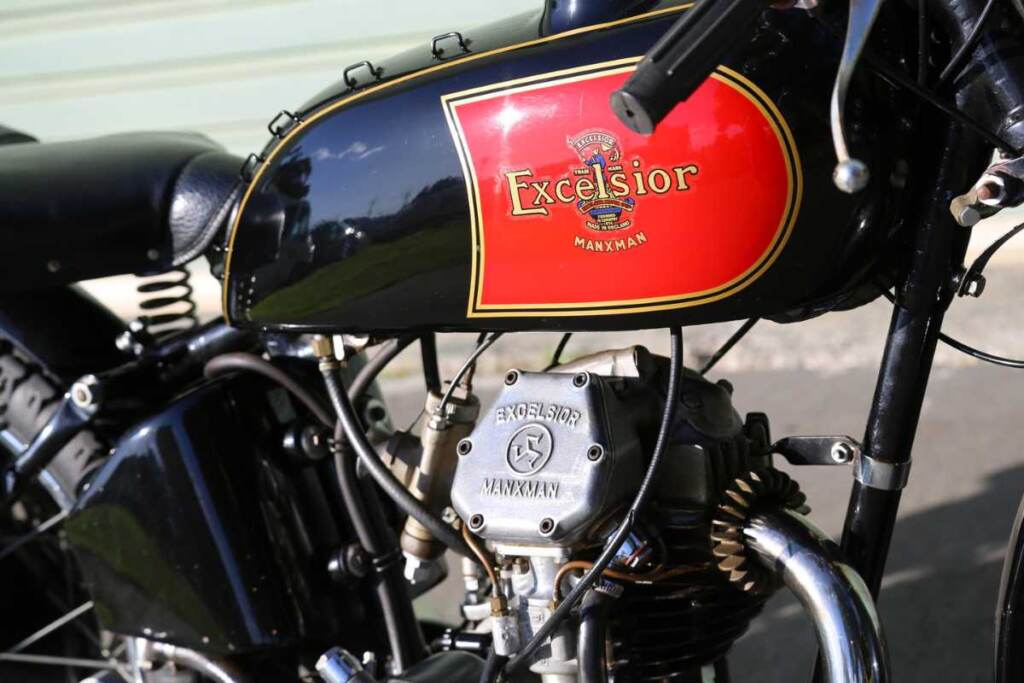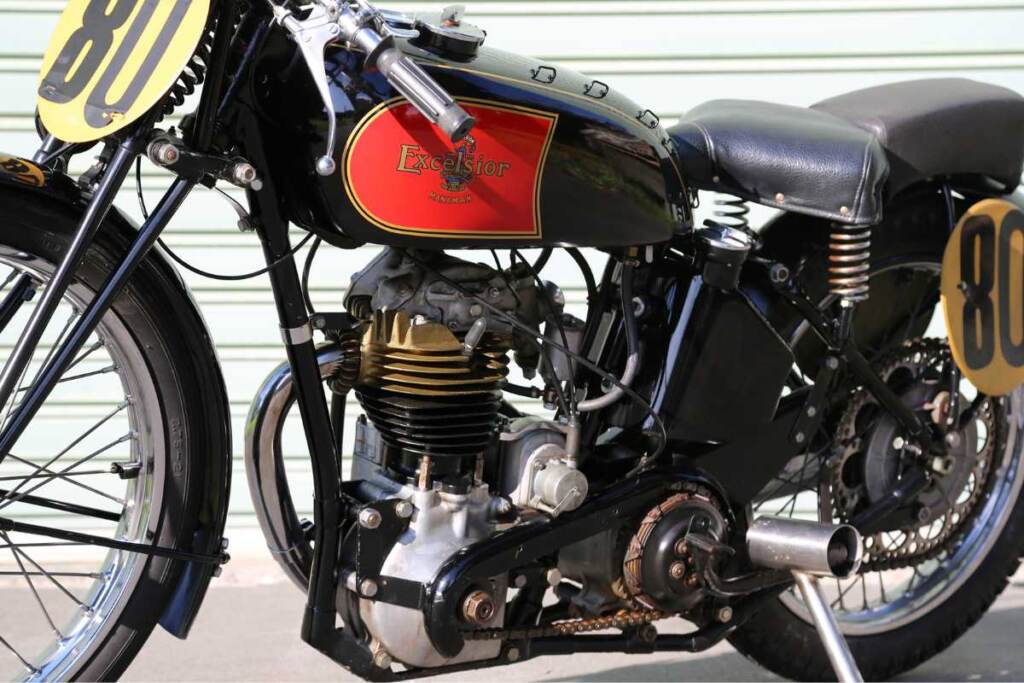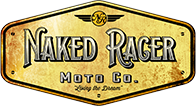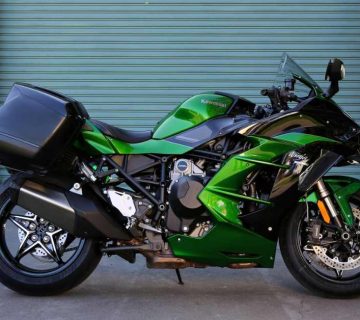Excelsior Motorcycles
Among the many significant and clever names coined for motorcycles—such as Triumph, Ambassador, Panther, Sunbeam, and Ariel—Excelsior Motorcycles stands out as possibly the best and, at the same time, quite the worst. The name “Excelsior” means loftier, more elevated, higher, to exceed or go beyond, to surpass. While this name aims to evoke grandeur and superiority, it may not resonate with the typical motorcyclist who is more concerned with practicalities.
The Practical Realities of a Lofty Name
Consider a motorcyclist struggling to repair a punctured wheel on a cold, wet night, frustrated by an inept or careless design. In such a situation, the lofty claims implicit in a name like Triumph or Excelsior might exacerbate frustration rather than provide comfort. In contrast, more straightforward names like AJS or Cotton might be more reassuring. Over time, the clever name becomes just another name, as functional as Cotton, Honda, or Norton.
The Birth of the Excelsior Name
Imagining the excitement of Messrs. Bayliss, Thomas, and Slaughter when they—or perhaps a literary-leaning lad working in their Coventry bicycle works—came up with “Excelsior” for their latest machine, R.R. Holliday, who wrote about the early days of the firm, described a humorous conference: “The Pinnacle of Perfection,” suggested Bayliss. “The Summit of Achievement,” countered Thomas. “Ex-cel-sior!” caroled the lyrical Slaughter.
The Excelsior trademark, incorporating a mountaineer waving a banner, was inspired by Longfellow and used on bicycles produced at the Bayliss, Thomas factory in 1874. Bayliss, Thomas & Co. continued to manufacture bicycles through the 1870s and ’80s and were likely the first English firm to do so on a large scale.

Transition to Motorcycles
As motoring enthusiasm spread from the Continent to England in the 1890s, Bayliss, Thomas & Co. adapted. In 1896, they fitted a 1.4hp Minerva engine from Belgium into one of their bicycles. Minerva engines and French De Dion and Werner engines were increasingly imported into England, and Excelsior is credited with selling the first motorcycle in Britain.
Marketing and Innovations
The Bayliss-Thomas-Minerva motorcycle was marketed innovatively, emphasizing advertising, stunts, and sporting successes. The first Excelsior motor bicycle, built in 1896, was showcased at the Crystal Palace exhibition, offering free rides to the curious and brave. Excelsior continued to feature at the annual Crystal Palace Motor Show.
By 1902, Excelsior motorcycles with MMC engines included numerous improvements, such as anti-vibratory sockets, automatic oil lubricators, patent rim pulley attachments, and exhaust-valve lifts. These innovations aimed to enhance performance and ease of use.
Influential Endorsements and Sporting Achievements
Influential motorcycling columnist “Ixion” (a pseudonym for a clergyman) chose an MMC-engined Bayliss-Thomas-Excelsior for his personal transport and wrote about it with infectious enthusiasm. This endorsement helped cement Excelsior’s status in the early motorcycle market.
Excelsior’s commitment to racing began early. In 1903, Harry Martin became the first motorcyclist to break the mile-a-minute barrier, further enhancing Excelsior’s reputation. By 1910, the company was renamed the Excelsior Motor Co., Ltd.
Post-War Transitions and New Ownership
After World War I, Bayliss and Thomas sold their Excelsior business to R. Walker and Sons of Birmingham. The new owners moved the company to Tyseley, Birmingham. Excelsior focused on racing, achieving significant victories, such as Crabtree’s 1929 Lightweight TT win, which led to the release of the TT Replica model.
The Great Depression and Adaptation
The Great Depression forced Excelsior to adapt by focusing on smaller, more affordable motorcycles. In 1933, they introduced the Mechanical Marvel, a technically complex racing machine, but it proved impractical. Excelsior then developed the simpler and more reliable Manxman series.

Post-War Innovations and Decline
Post-war, Excelsior continued to innovate with models like the 250cc Talisman twin-cylinder two-stroke. Despite some issues, the Talisman showcased Excelsior’s commitment to engineering excellence. However, changing market conditions led to a decline in the company’s fortunes.
The End of an Era
By the 1960s, Excelsior’s motorcycle production dwindled. The company briefly revived interest in models like the Excelsior Monarch scooter but could not compete with brands like Vespa and Lambretta. In 1964, Excelsior ceased motorcycle production and was sold to Britax, a car accessory firm.
A Brief Revival
Excelsior’s name resurfaced in 1977 when Britax’s motorcycle division became Britax-Excelsior. Although the glory days of motorcycle manufacturing were over, the Excelsior name remains significant in British motorcycling history, symbolizing innovation and the challenges of a rapidly evolving industry.
Reference: Book of British Bikes edited by Ian Ward and Laurie Caddell, Foreword by Bob Currie





No comment